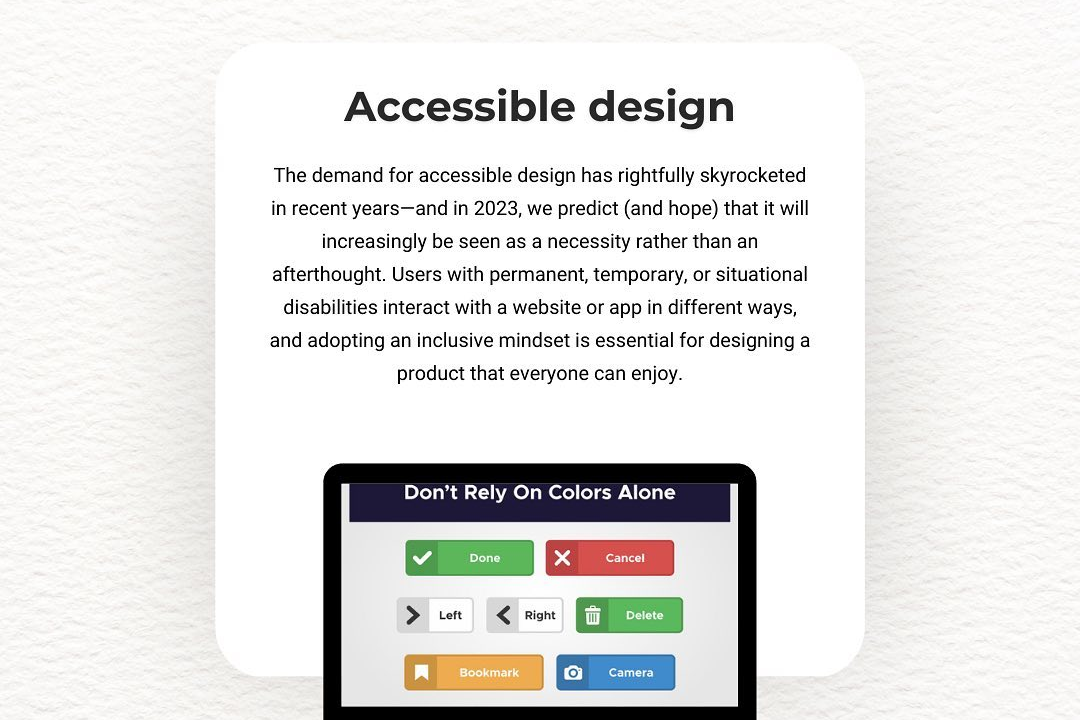Difference Between Constructor Overloading And Method Overloading In Java
distinguishing between constructor overloading and method overloading in Java
Difference Between Constructor Overloading And Method Overloading In Java
In Java, constructor overloading and method overloading are both ways to achieve polymorphism by defining multiple versions of a method with the same name but different parameters. Constructor overloading involves defining multiple constructors for a class with different parameters so that objects can be initialized in different ways. Method overloading, on the other hand, involves defining multiple methods within a class, all with the same name but different parameters. The key difference is that constructor overloading is used to create objects, while method overloading is used to perform different operations on those objects. Additionally, constructor overloading is done implicitly by the compiler if no constructors are explicitly defined, while method overloading needs to be explicitly defined by the programmer.
To Download Our Brochure: https://www.justacademy.co/download-brochure-for-free
Message us for more information: +91 9987184296
1 - Constructor overloading in Java:
Constructor overloading involves defining multiple constructors within a class with different parameter lists. Each constructor may take different combinations of input parameters, allowing for flexibility in object creation. This allows objects to be initialized in various ways based on user requirements.
2) Method overloading in Java:
Method overloading refers to defining multiple methods within a class with the same name but different parameter lists. This allows for the same method name to be used for different functionalities based on the input parameters provided. Overloaded methods can have different return types as long as the parameters or their types differ.
3) Training program for students:
When teaching the concepts of constructor and method overloading to students, it is essential to provide hands on coding exercises and examples to help them grasp the differences and benefits of each. Emphasize the importance of understanding when to use constructor overloading for object initialization and when to use method overloading for providing different functionalities within a class.
4) Practical examples:
Demonstrate constructor overloading by creating a class with multiple constructors that initialize an object with different sets of attributes. Show students how each constructor can be called based on the parameters passed during object creation.
5) Real world applications:
Explain to students that constructor overloading is commonly used in scenarios where objects may be initialized in multiple ways, such as different configurations for a user account or various options for a product in an e commerce system.
6) Encourage experimentation:
Encourage students to experiment with method overloading by creating a class with overloaded methods that perform similar tasks but with different input parameters. Have them test the methods with different arguments to see how the Java compiler determines which overloaded method to invoke.
7) Discussions on best practices:
Engage students in discussions on best practices for using constructor and method overloading effectively in their Java programs. Encourage them to consider readability, maintainability, and code efficiency when deciding whether to employ overloading in their projects.
By covering these points and offering hands on practice sessions, students can gain a solid understanding of the differences between constructor overloading and method overloading in Java and how to leverage these features effectively in their programming projects.
Browse our course links : https://www.justacademy.co/all-courses
To Join our FREE DEMO Session: Click Here
Contact Us for more info:
Sql Interview Questions For Manual Testing
Bootstrap Interview Questions In Hindi
Difference Between Foreach And Map In Javascript
Aws Solution Architect Interview Questions
Java Developer Experience Interview Questions











